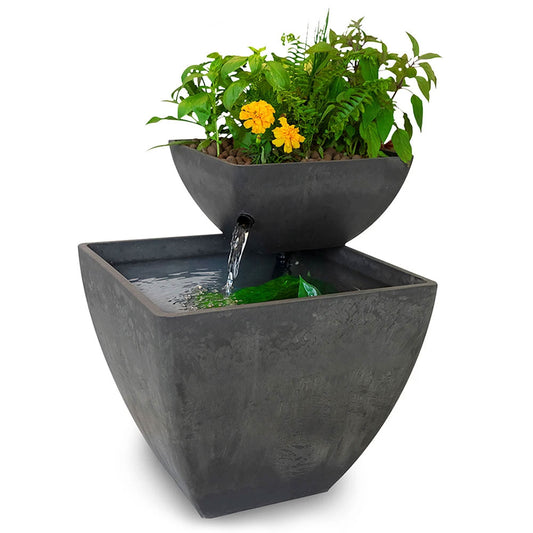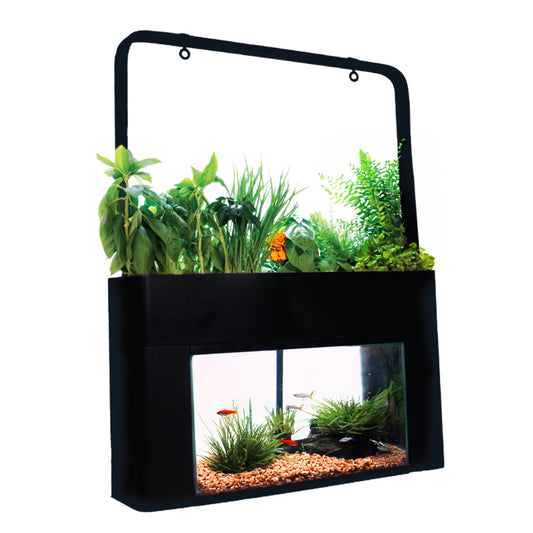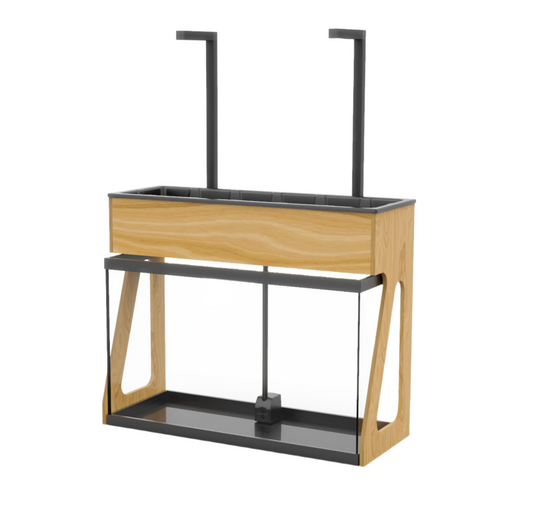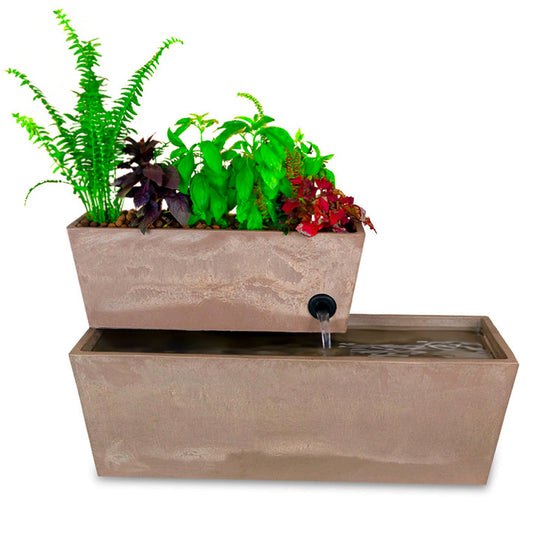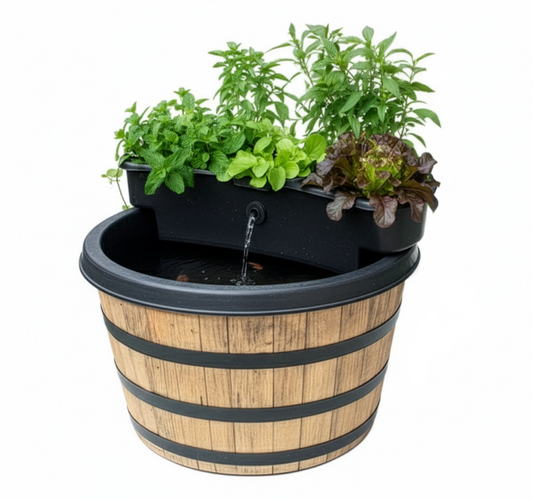Difference Between Timer-Based and Siphon-Based Aquaponics Systems
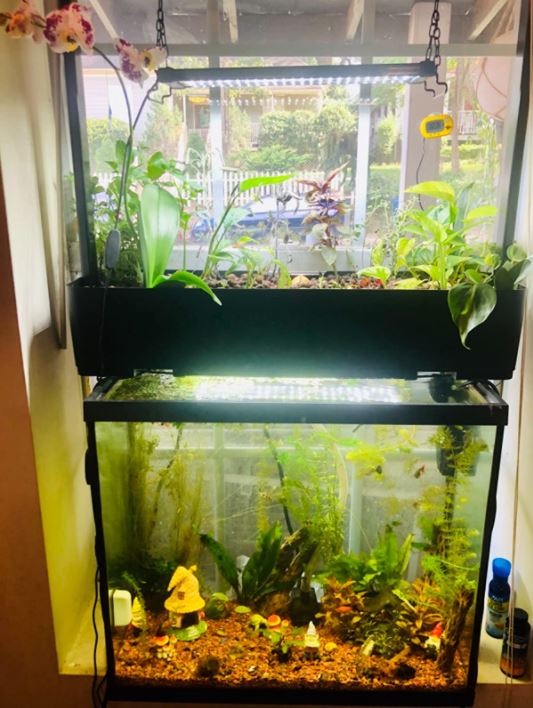
Aquaponics is a sustainable farming method that combines aquaculture (raising fish) and hydroponics (growing plants in water) to create a closed-loop ecosystem. In aquaponics systems, the waste produced by fish provides the nutrients for plants, which in turn filter the water for the fish. This symbiotic relationship can be a highly efficient and eco-friendly way to produce food. When designing an aquaponics system, one of the key decisions is how to circulate water between the fish tank and the grow bed. There are two main options: timer-based and siphon-based systems.
Timer-based systems are the most common type of aquaponics system. In this system, water is pumped from the fish tank to the grow bed at regular intervals throughout the day. The water then drains back into the fish tank by gravity, providing nutrients to the plants as it passes through the grow bed. This cycle repeats continuously, providing a steady supply of nutrients to the plants. Siphon-based systems, on the other hand, rely on a siphon. In these systems, water is pumped into the grow bed until it reaches a certain level, triggering the siphon to start. The siphon then pulls water from the grow bed, returning it back to the aquarium/fish tank, until the grow bed is empty. The siphon then stops, and the cycle begins again.
So, what are the advantages and disadvantages of each system?
Timer-based systems are simple and easy to set up. They are also highly customizable, as the duration and frequency of the water cycles can be adjusted to meet the needs of different plants and fish. However, they can be less efficient than siphon-based systems, as they rely on a consistent flow of water to distribute nutrients to the plants. Siphon-based systems, on the other hand, are highly efficient and can be more effective at delivering nutrients to the plants. They also have the advantage of requiring less energy to operate, as the siphon relies on gravity to pull water from the grow bed. However, they can be more complex to set up and require careful calibration to ensure the siphon operates correctly.
In conclusion, both timer-based and siphon-based aquaponics systems can be effective at growing plants and raising fish in a sustainable way. The choice of system will depend on factors such as the size of the system, the type of plants and fish being grown, and the available resources and budget. It is important to research and plan your aquaponics system carefully before starting to ensure success.

